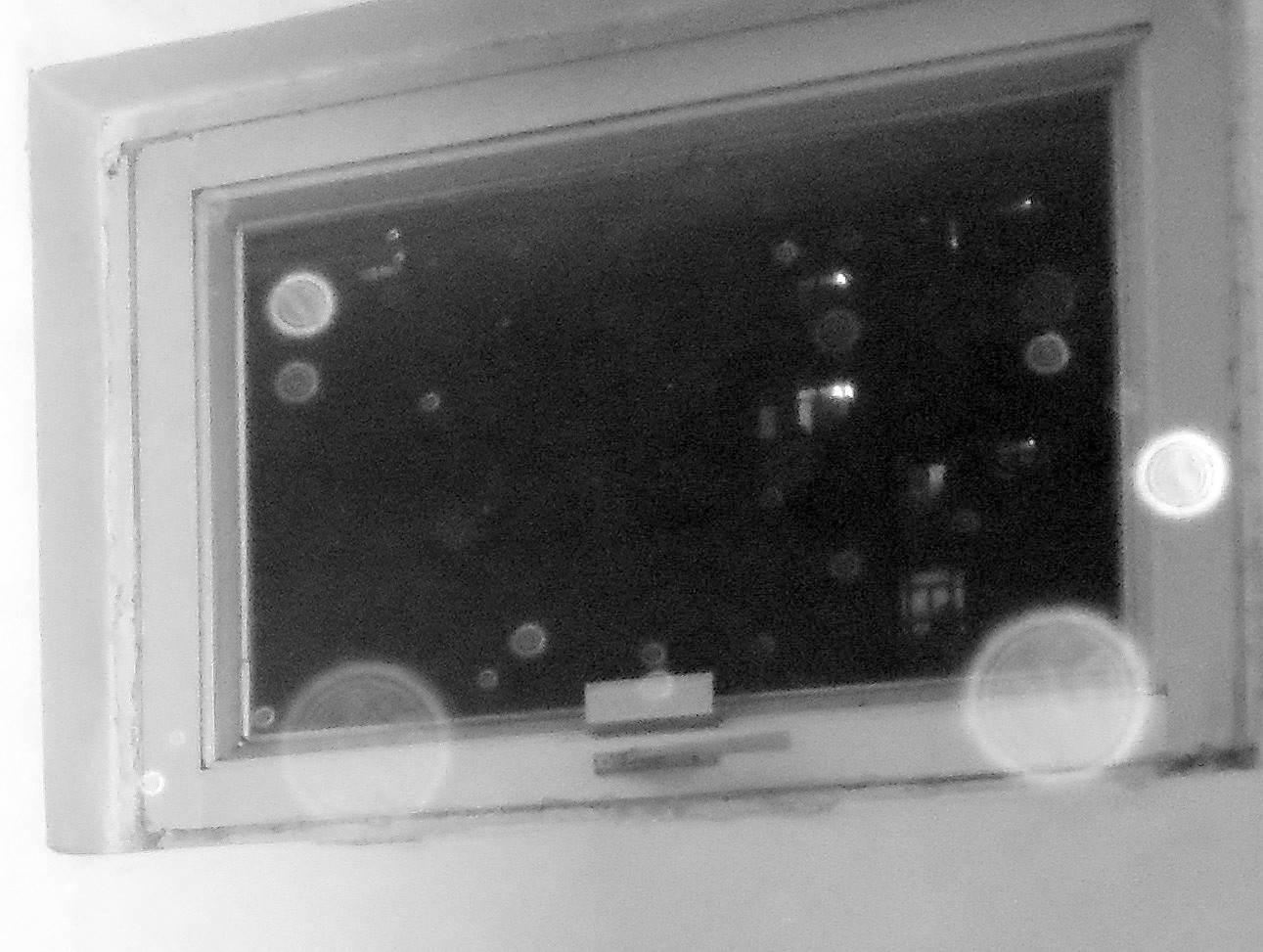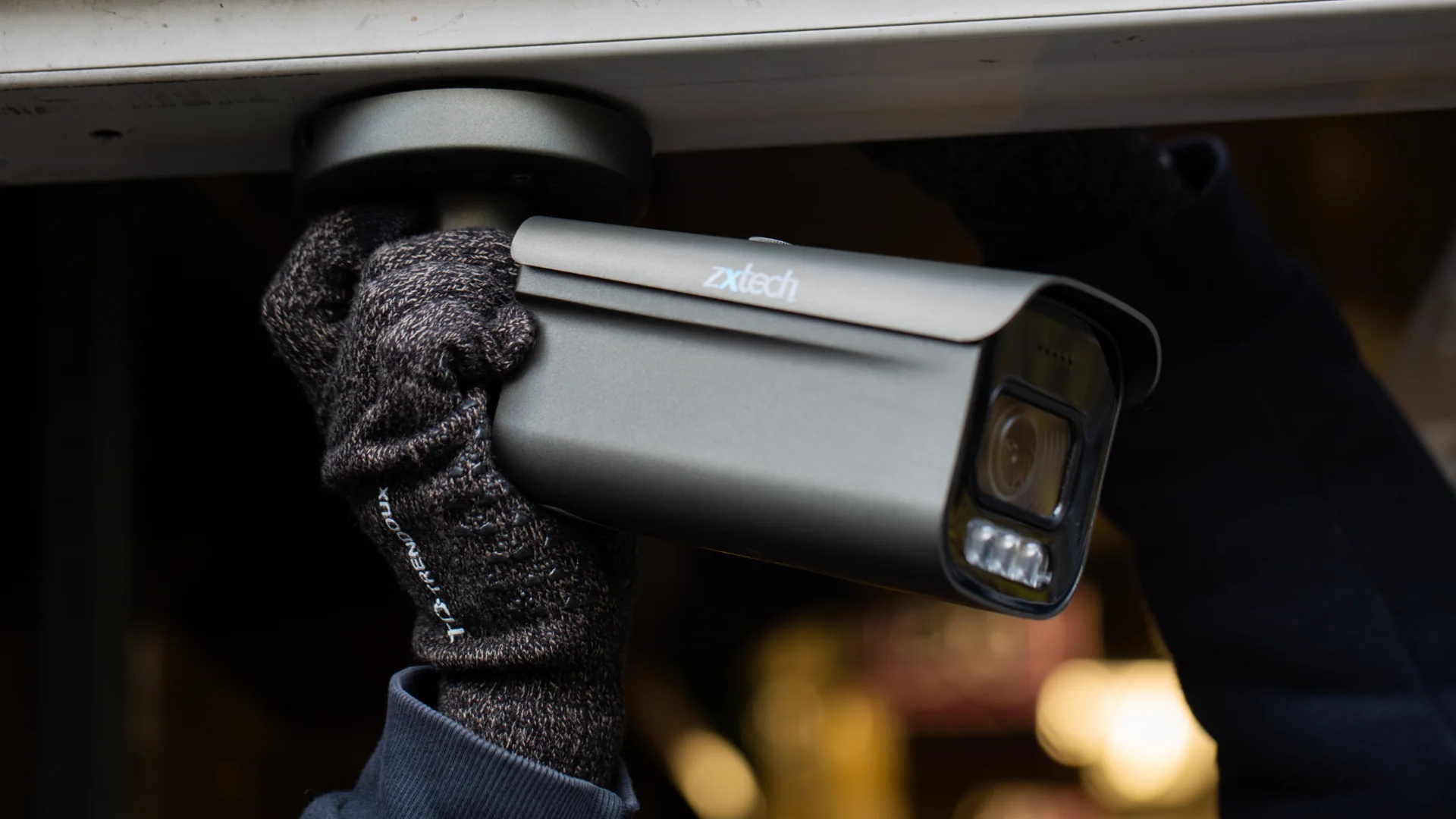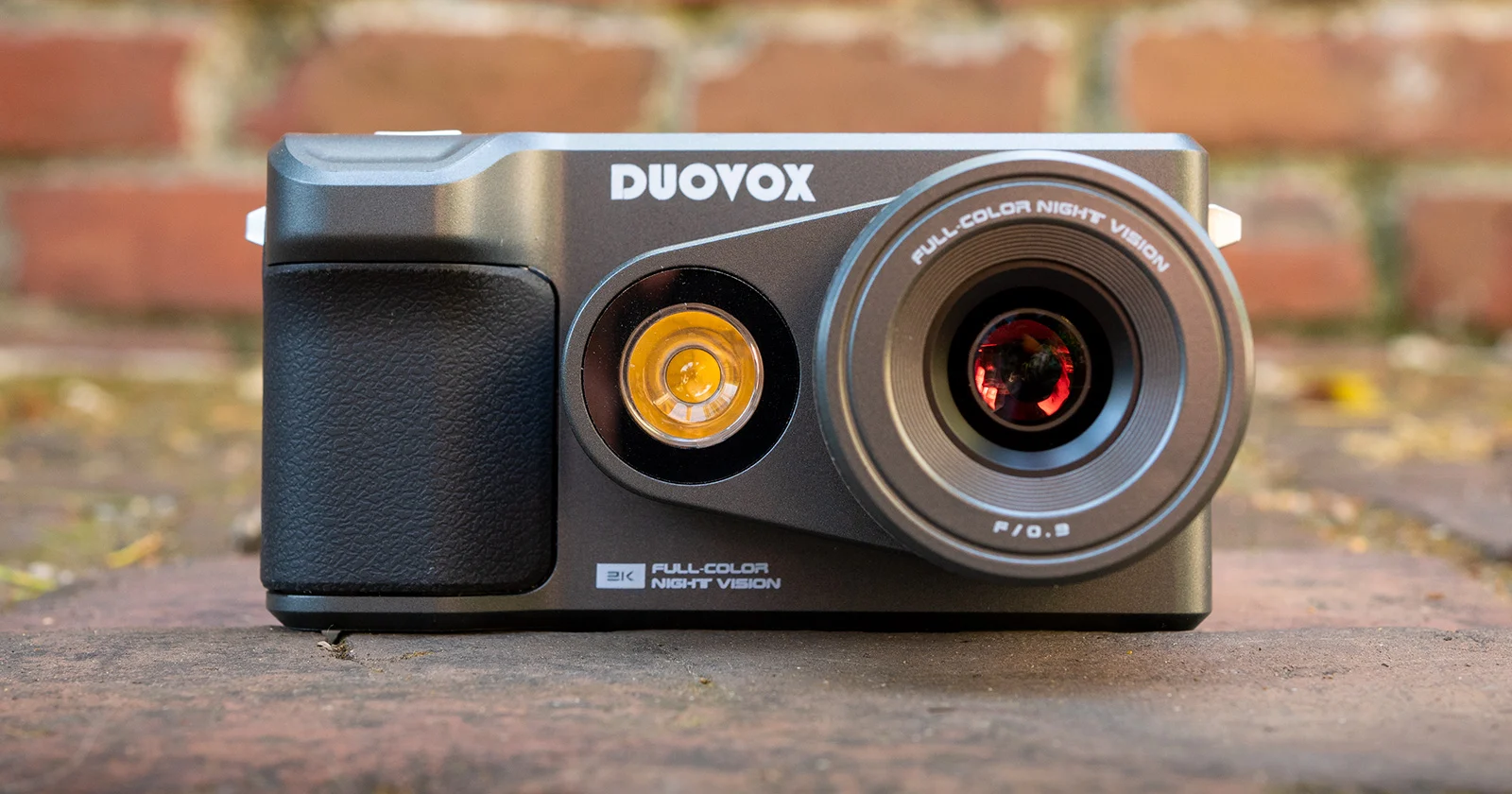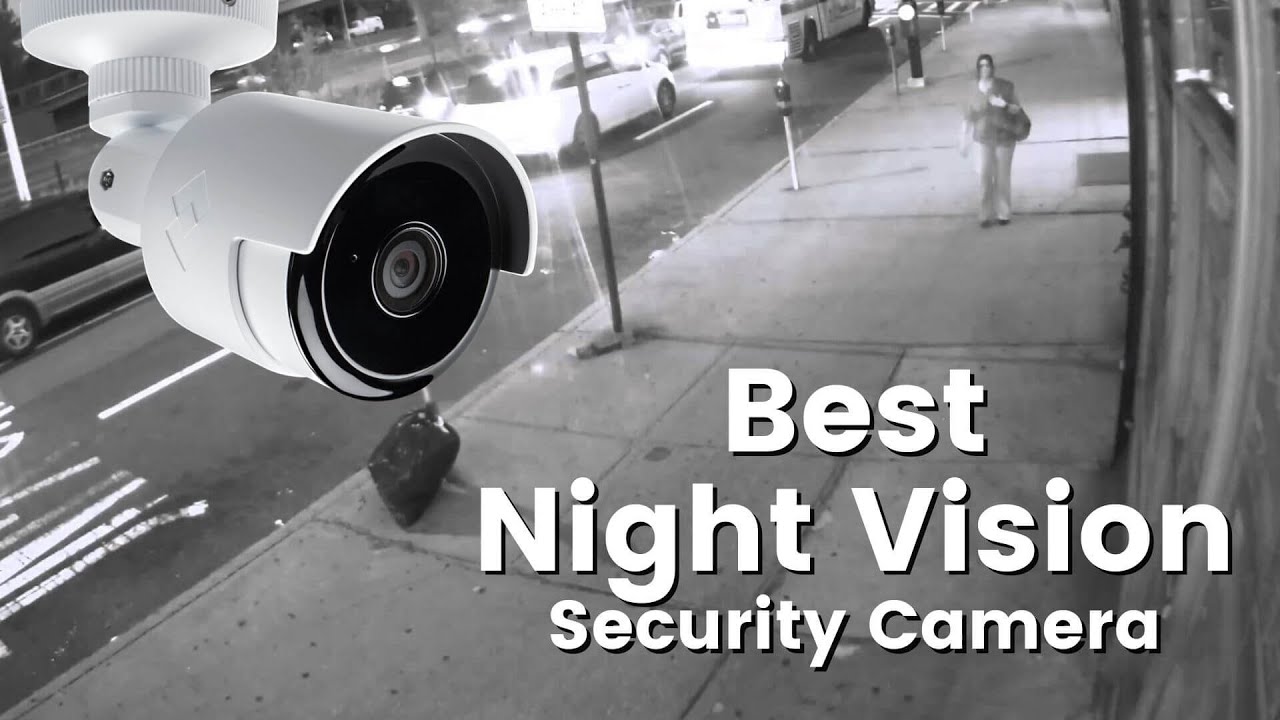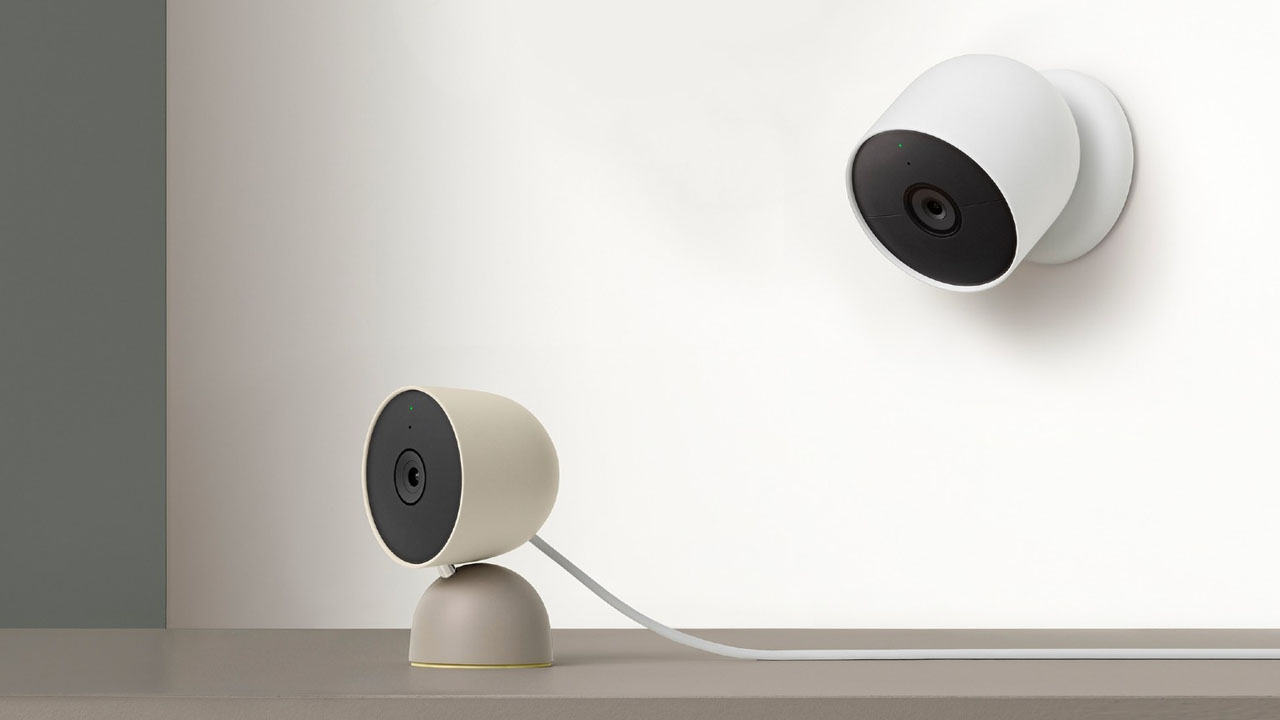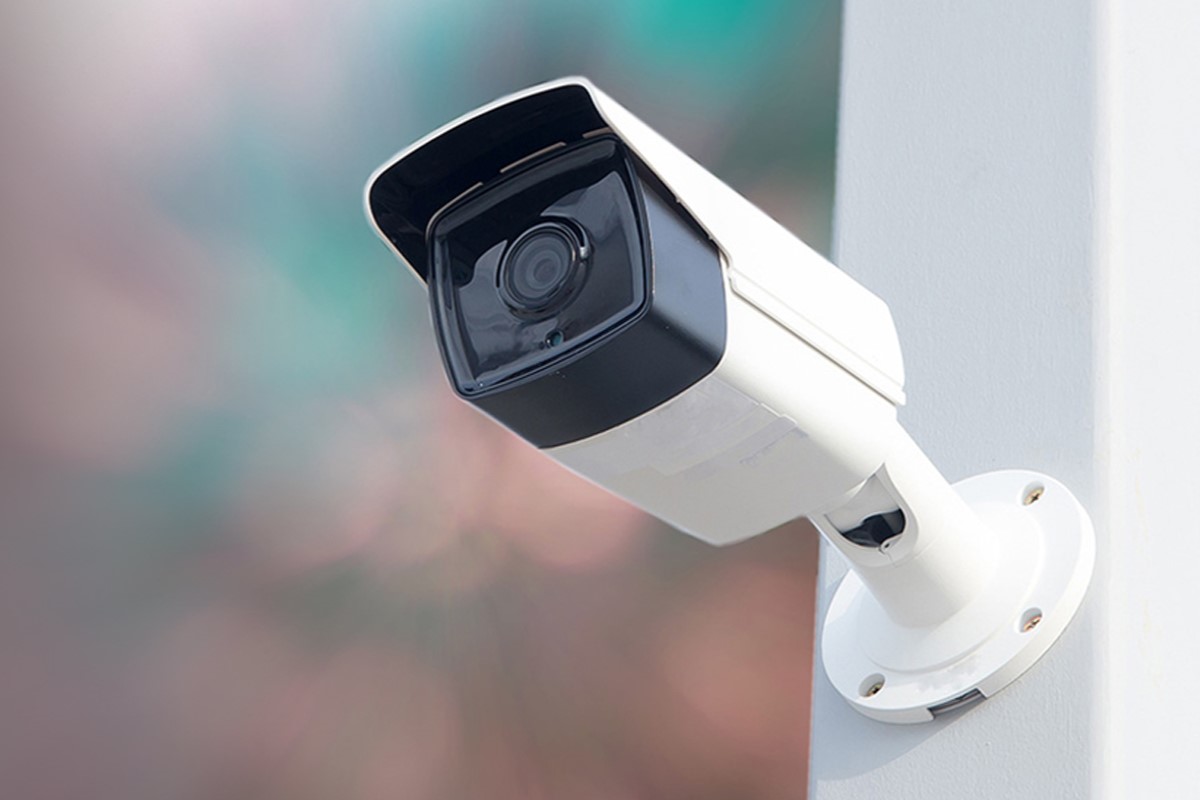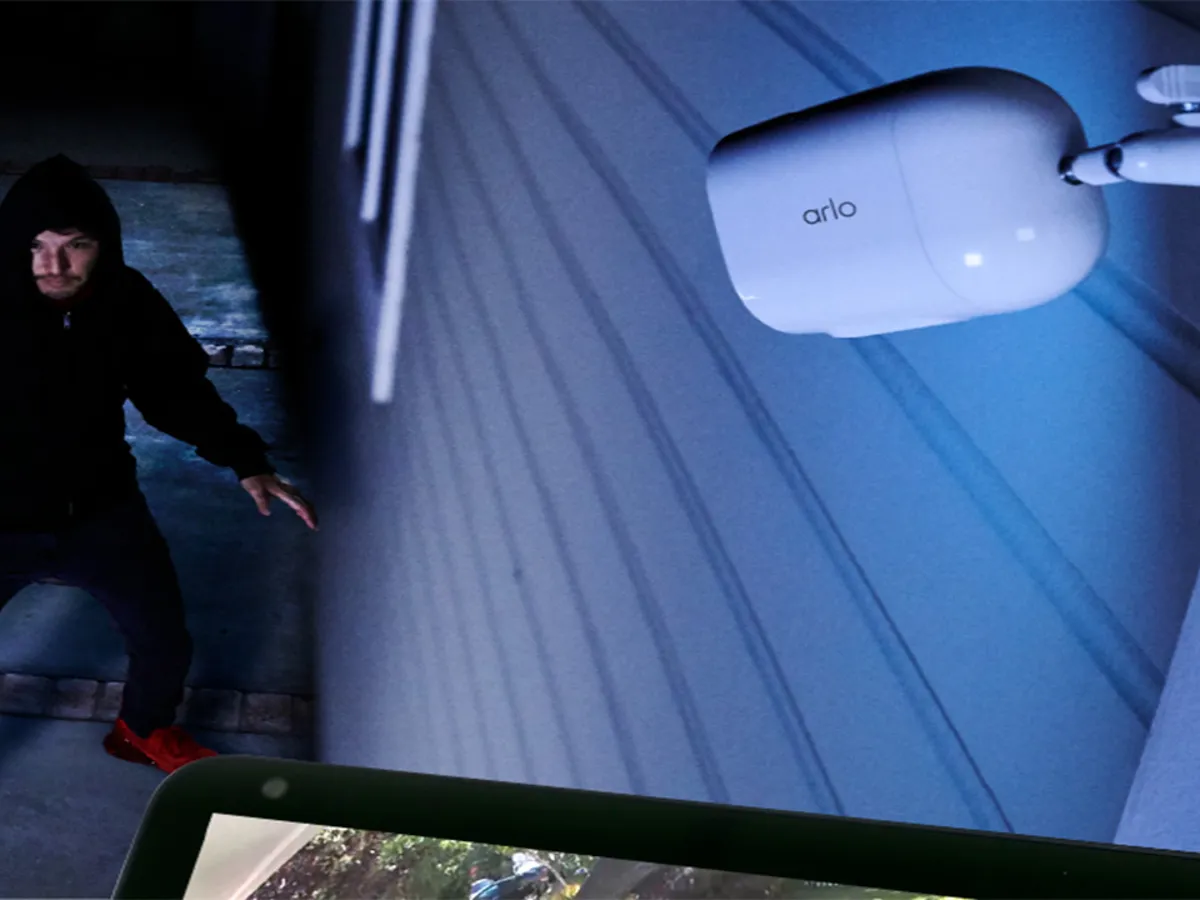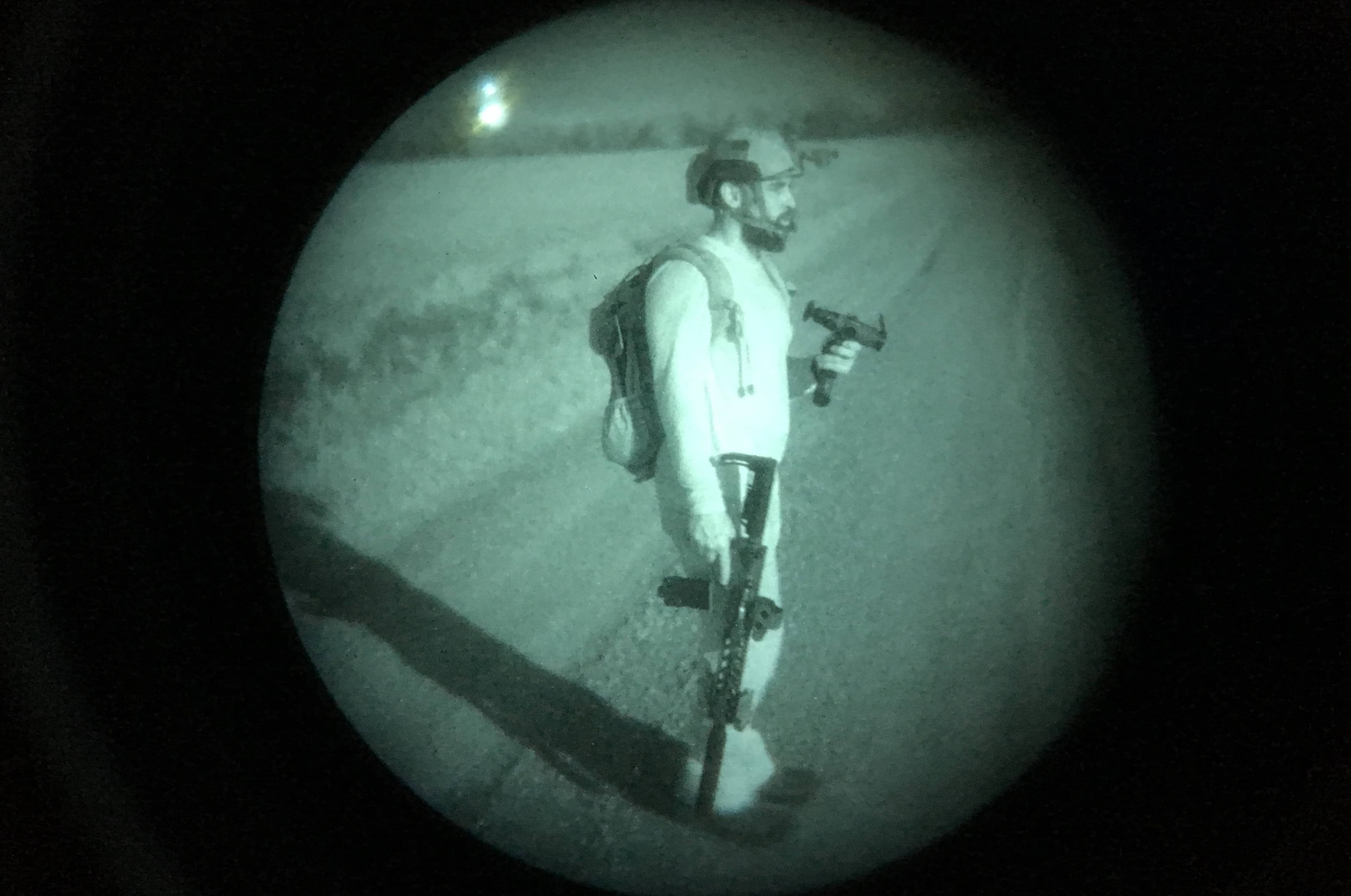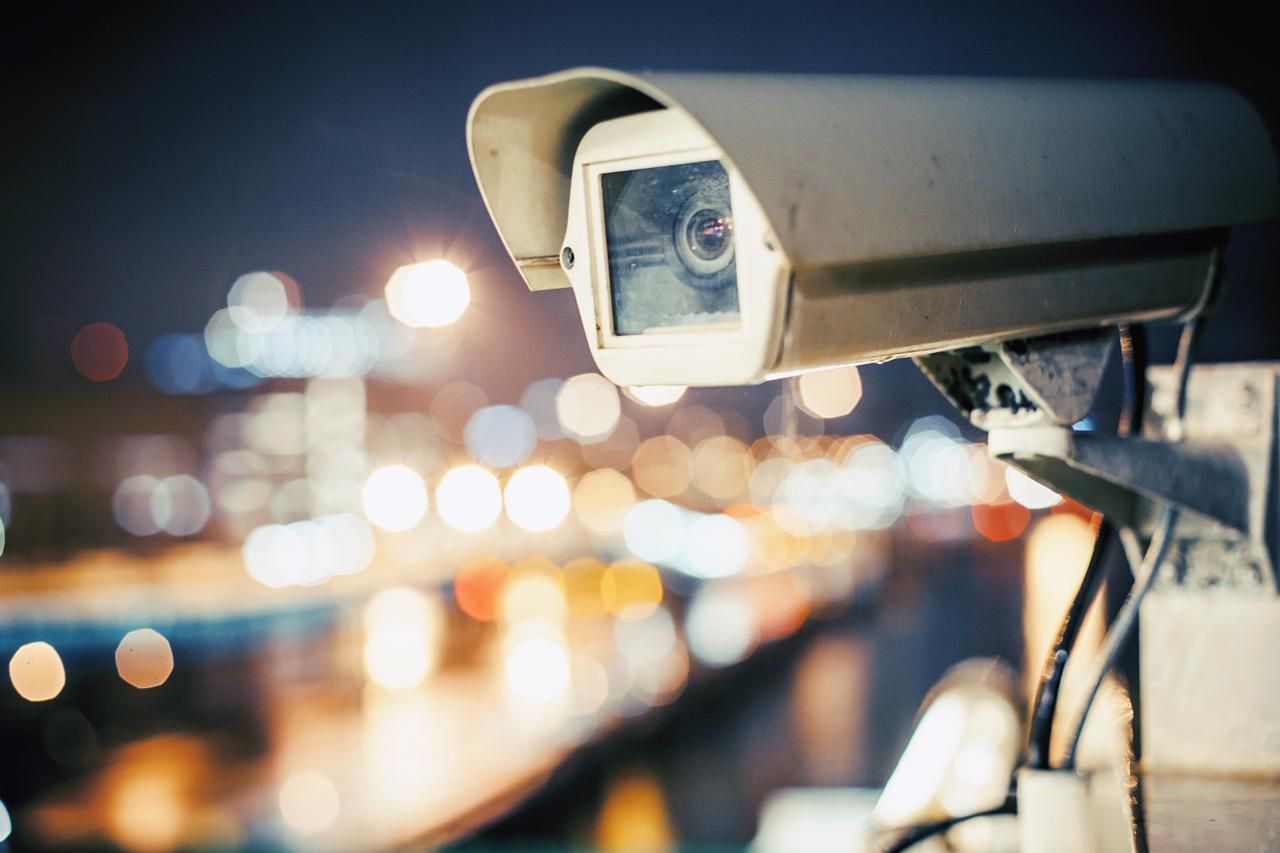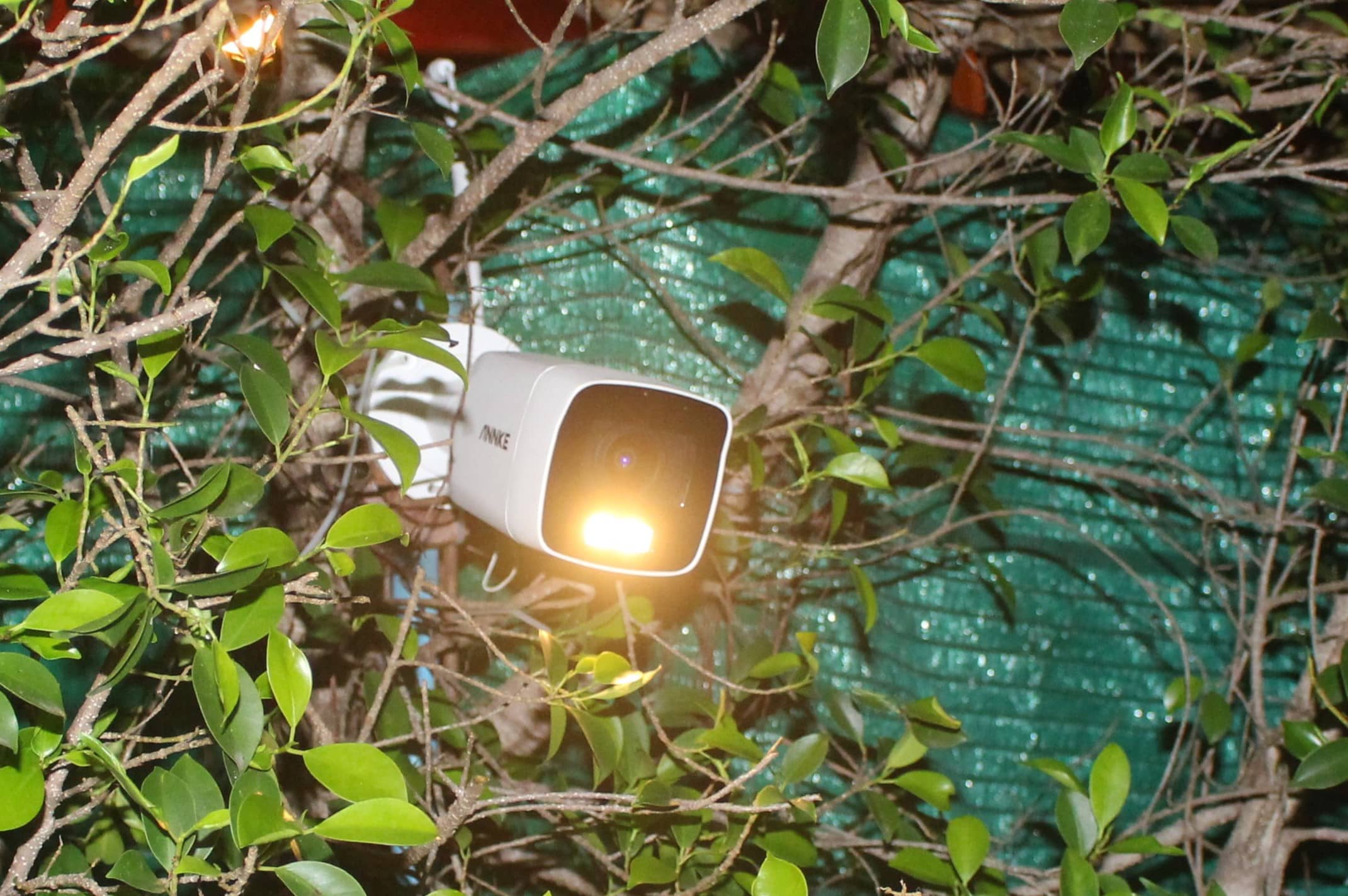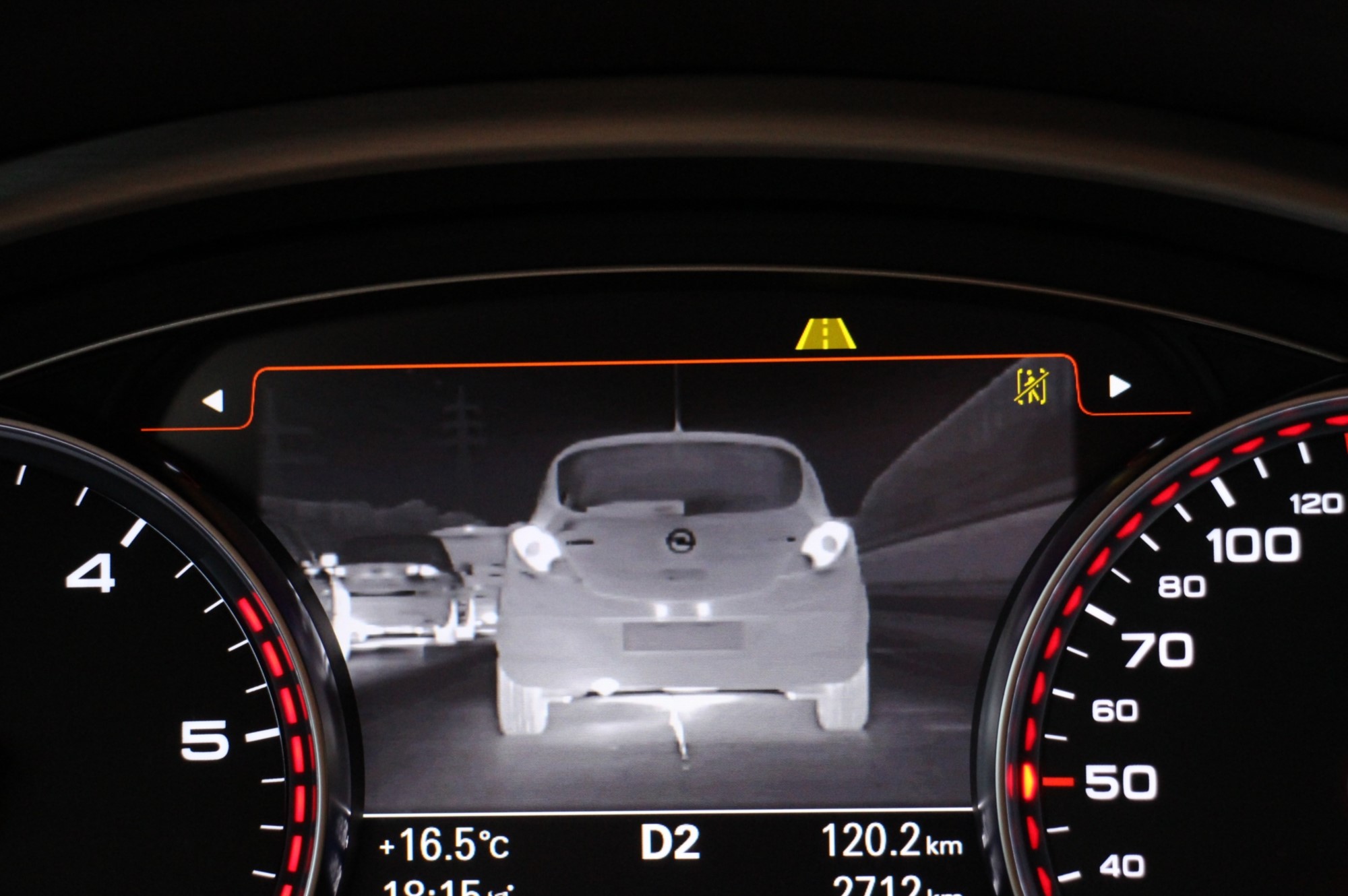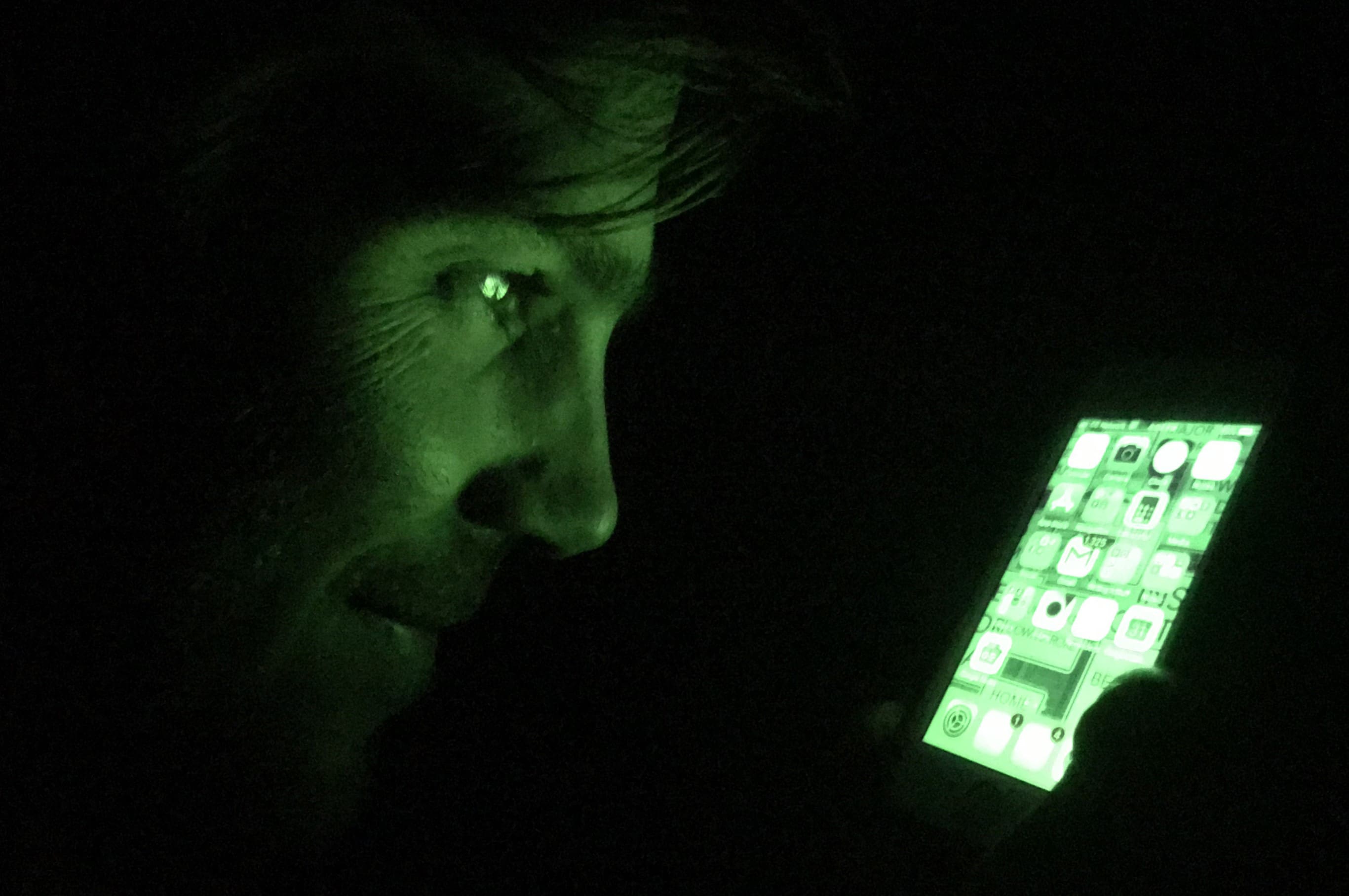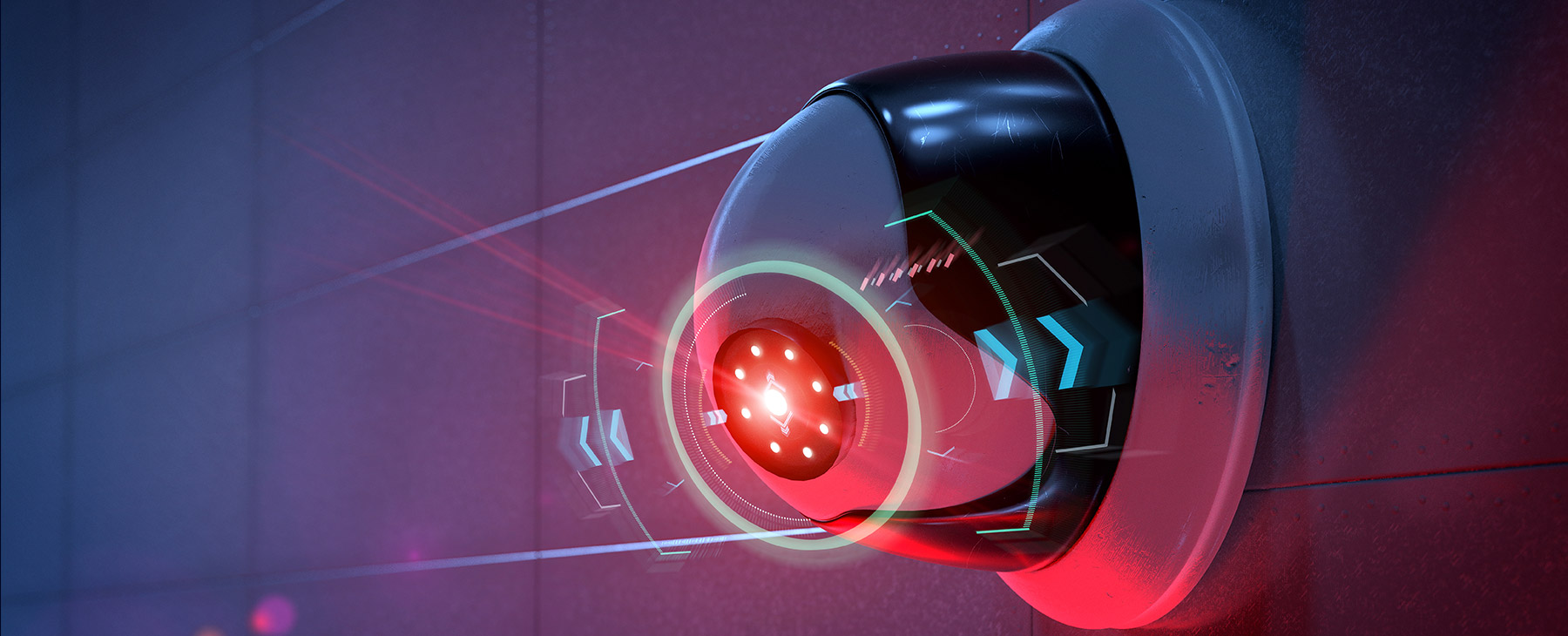Home>Home Security and Surveillance>What Is The Voltage On A Night Vision Camera LED
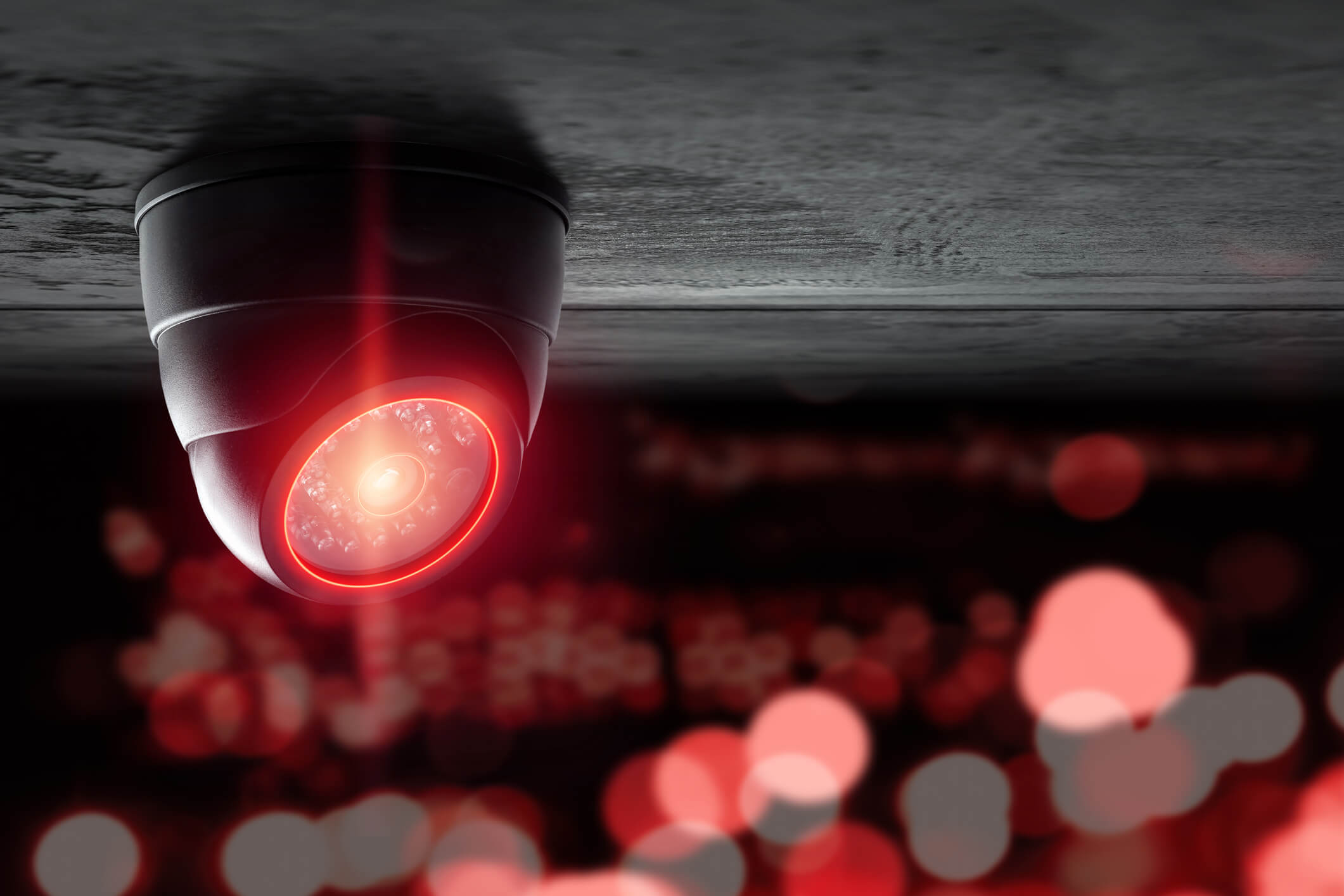

Home Security and Surveillance
What Is The Voltage On A Night Vision Camera LED
Modified: March 6, 2024
Discover the importance of voltage on a night vision camera LED and how it impacts home security and surveillance. Learn more about optimizing your system for maximum effectiveness.
(Many of the links in this article redirect to a specific reviewed product. Your purchase of these products through affiliate links helps to generate commission for Storables.com, at no extra cost. Learn more)
Introduction
Welcome to the world of home security and surveillance! In an era where technology has become an integral part of our everyday lives, it’s becoming increasingly important to protect our homes and loved ones. This is where home security systems play a crucial role, providing peace of mind and safeguarding our homes even when we’re not there.
Among the various components of a home security system, night vision cameras are a popular choice. These devices utilize advanced technology to capture high-quality images and videos in low-light or complete darkness. Whether you want to monitor your front porch, keep an eye on your backyard, or enhance the security of your entire property, night vision cameras are an excellent solution.
But have you ever wondered how night vision cameras are able to capture clear images in complete darkness? The secret lies in the use of LEDs (light-emitting diodes) that emit infrared light, which is invisible to the human eye but detectable by the camera’s sensor. In this article, we will explore the importance of LEDs in night vision cameras and dive into the details of voltage requirements for these crucial components.
No matter how advanced your night vision camera is, without properly functioning LEDs, its ability to capture clear images in the dark will be severely compromised. That’s why understanding the voltage requirements of the LEDs is essential for optimal performance and longevity of your night vision camera.
As we delve into the intricacies of night vision camera LEDs and their voltage, we will cover factors that affect LED voltage requirements, common issues you may encounter, and provide tips for optimizing voltage for your night vision camera. So, grab a cup of coffee, sit back, and let’s begin exploring the fascinating world of night vision camera LEDs!
Key Takeaways:
- Night vision camera LEDs require specific voltage for optimal performance. Providing the correct voltage within the recommended range ensures clear and detailed images in low-light conditions, enhancing home security.
- Common voltage issues, such as underpowering and overpowering, can affect the functionality of night vision camera LEDs. Using high-quality power supplies and voltage regulators helps maintain stable and consistent voltage for optimal performance.
Read more: What Is An IR Night Vision Camera
How Night Vision Cameras Work
Night vision cameras are designed to capture images and videos in low-light or complete darkness. The technology behind these cameras allows them to see what our naked eyes cannot. But how exactly do night vision cameras work? Let’s break it down.
At the heart of a night vision camera is a specialized image sensor, typically a charge-coupled device (CCD) or a complementary metal-oxide-semiconductor (CMOS) sensor. This sensor is capable of detecting even the tiniest amount of light, including infrared light.
When it comes to night vision, there are two main types of technology used: image enhancement and thermal imaging.
Image enhancement night vision cameras work by collecting whatever small amount of light is available in the environment and amplifying it. The collected light passes through a series of lenses and is focused onto the image sensor. The sensor then converts the light into an electronic signal, which is processed and amplified to produce a visible image.
Thermal imaging, on the other hand, captures the heat emitted by objects rather than relying on visible light. These cameras use special sensors called microbolometers that can detect the differences in temperature between objects. The hotter an object is, the more infrared radiation it emits, allowing the camera to create a thermal image based on these temperature variations.
Both image enhancement and thermal imaging technologies can provide clear images in low-light or no-light conditions, but they work in slightly different ways.
Now that we have an understanding of how these cameras capture images in the dark, let’s explore the key component that makes it all possible: the LEDs.
Importance of LEDs in Night Vision Cameras
LEDs (light-emitting diodes) play a vital role in night vision cameras by providing the necessary illumination in dark or low-light conditions. These small electronic components emit infrared light, which is invisible to the human eye but can be detected by the camera’s sensor.
When it comes to night vision cameras, the quality and power of the LEDs directly affect the clarity and range of the captured images. Here are a few reasons why LEDs are so important in night vision cameras:
- Visibility in the Dark: LEDs allow the camera to “see” in complete darkness by emitting infrared light that illuminates the surrounding area. This enables the camera to capture clear images and videos even when there is no visible light available.
- Extended Range: High-quality LEDs provide a longer range of night vision capabilities. The stronger and more efficient the LEDs, the greater the distance the camera can effectively capture images in the dark. This is especially important for monitoring larger areas or outdoor spaces.
- Image Quality: LEDs with optimal power and performance ensure crisp and detailed images. The right amount of infrared illumination helps to minimize noise and graininess, resulting in sharper and more accurate night vision footage.
- Reliable Surveillance: Infrared light is invisible to humans, which means the LEDs used in night vision cameras do not emit any visible light that could potentially give away the camera’s presence. This makes them ideal for covert surveillance, where capturing images without alerting intruders is crucial.
- Energy Efficiency: LEDs are highly efficient in converting electrical energy into light. They consume less power compared to traditional incandescent bulbs, making them more energy-efficient and cost-effective in the long run.
Overall, LEDs are the backbone of night vision cameras, providing the necessary illumination to capture clear and detailed images in dark or low-light environments. The quality and capabilities of the LEDs directly impact the performance and reliability of the night vision camera, making them an essential component for effective home security and surveillance.
Understanding Voltage in Night Vision Camera LEDs
When it comes to night vision cameras, understanding the voltage requirements of the LEDs is crucial for their proper functioning and longevity. Voltage is the electrical potential difference applied to the LEDs to generate the necessary infrared illumination.
LEDs typically operate within a specific voltage range to produce the desired amount of light. The applied voltage should be within this range to ensure optimal performance and prevent any potential damage to the LEDs. It is important to note that different LEDs may have slightly different voltage requirements, so it’s essential to consult the manufacturer’s specifications for accurate information.
The voltage required for night vision camera LEDs can vary depending on several factors, including the type of LED, the size of the LED array, and the desired brightness of the illumination. In general, infrared LEDs used in night vision cameras typically operate within the range of 1.2 to 3.6 volts.
It’s crucial to provide the correct voltage to the LEDs to avoid underpowering or overloading them. Underpowering can result in insufficient illumination, leading to poor image quality and reduced range. On the other hand, overloading the LEDs with excessive voltage can cause overheating, shortening their lifespan and potentially causing permanent damage.
To ensure proper voltage supply to the LEDs in night vision cameras, most systems include a built-in voltage regulator or current-limiting circuitry. These components help regulate and stabilize the voltage, protecting the LEDs from voltage fluctuations and ensuring consistent performance.
It’s important to note that the voltage requirements may vary based on the specific model and design of the night vision camera. Therefore, it’s always recommended to refer to the manufacturer’s instructions or consult with a professional to determine the appropriate voltage for your particular night vision camera LEDs.
Next, we will explore the factors that can affect the voltage requirements of night vision camera LEDs, helping you better understand the nuances of providing the correct voltage for optimal performance.
Factors Affecting LED Voltage Requirements
The voltage requirements of LEDs in night vision cameras can vary depending on several factors. Understanding these factors can help you determine the appropriate voltage and optimize the performance of your night vision camera. Here are some key factors that can affect LED voltage requirements:
- Type of LED: Different types of LEDs have varying voltage requirements. Commonly used LEDs in night vision cameras include infrared (IR) LEDs and near-infrared (NIR) LEDs. IR LEDs typically have lower voltage requirements, ranging from 1.2 to 1.7 volts, while NIR LEDs may require slightly higher voltages, typically ranging from 3.0 to 3.6 volts.
- LED Array Configuration: Night vision cameras often use an array of LEDs to provide adequate illumination. The configuration of the LED array, such as the number of LEDs in series or parallel, can affect the overall voltage requirements. Adding more LEDs in series increases the total voltage required, while adding more LEDs in parallel does not affect the voltage but increases the overall current draw.
- Desired Illumination Intensity: The desired brightness of the infrared illumination will impact the voltage requirements. Higher intensity illumination may require higher voltages to achieve the desired output. It’s essential to balance the brightness with the power supply capabilities and the LED’s maximum voltage tolerance.
- Temperature: The operating temperature can influence the voltage requirements of LEDs. Extreme temperatures, both high and low, can affect the electrical characteristics of the LEDs and alter their voltage requirements. It’s important to consider the recommended temperature range provided by the LED manufacturer to ensure proper performance.
- Power Supply Stability: The stability of the power supply voltage is crucial for the proper functioning of the LEDs. Fluctuating or unstable voltage can impact the performance and lifespan of the LEDs. Using a high-quality power supply or voltage regulator can help maintain a stable voltage and protect the LEDs from potentially damaging voltage spikes or drops.
By taking these factors into consideration, you can better understand the specific voltage requirements of the LEDs in your night vision camera. Remember to consult the manufacturer’s specifications and guidelines to ensure you provide the appropriate voltage to optimize the performance and longevity of your night vision camera LEDs.
When using a night vision camera, make sure to check the voltage requirements for the LED. Applying the wrong voltage can damage the LED and affect the camera’s performance. Always use the recommended voltage to ensure proper functioning.
Read more: What Lux Is Best For A Night Vision Camera
Recommended Voltage Range for Night Vision Camera LEDs
When it comes to the voltage requirements of night vision camera LEDs, it’s important to provide the correct voltage to ensure optimal performance and longevity. While the specific voltage range can vary depending on the type of LED and the manufacturer’s specifications, there are some general guidelines to consider.
For infrared (IR) LEDs commonly used in night vision cameras, the recommended voltage range typically falls between 1.2 and 1.7 volts. This range ensures proper illumination for capturing clear images in low-light or no-light conditions. It’s essential to keep the voltage within this range to avoid underpowering or overloading the LEDs.
Near-infrared (NIR) LEDs, which provide a slightly longer wavelength of illumination, may have higher voltage requirements. The recommended voltage range for NIR LEDs typically ranges from 3.0 to 3.6 volts. These higher voltages are necessary to achieve the desired intensity and range of the infrared illumination.
It’s crucial to adhere to the manufacturer’s specifications for the specific LED model you are using in your night vision camera. Different manufacturers may have slight variations in their voltage recommendations, so it is always important to consult their documentation for accurate information.
Additionally, it’s important to consider the power supply capabilities and stability. Make sure the power supply can provide the required voltage within the recommended range consistently. Using a high-quality power supply or voltage regulator can help maintain a stable voltage and protect the LEDs from voltage fluctuations that could potentially damage them.
Keep in mind that providing a voltage outside of the recommended range can have adverse effects on the performance of the night vision camera. Underpowering the LEDs can result in insufficient illumination, leading to poor image quality and reduced range. Overloading the LEDs with excessive voltage can cause overheating and potentially damage or shorten their lifespan.
By following the manufacturer’s specifications and ensuring the voltage falls within the recommended range, you can optimize the performance of the LEDs in your night vision camera, resulting in clear and crisp images in dark or low-light conditions.
Common Issues with Voltage on Night Vision Camera LEDs
Proper voltage supply is crucial for the optimal performance of night vision camera LEDs. However, there are some common issues that can arise with voltage, which can affect the functionality and longevity of the LEDs. Being aware of these issues can help you troubleshoot and resolve them effectively. Here are some common issues with voltage on night vision camera LEDs:
- Underpowering: Underpowering occurs when the LEDs are not receiving enough voltage to generate adequate illumination. This can result in dim or non-functional LEDs, leading to poor image quality and reduced range. Underpowering is often caused by a power supply that does not provide the required voltage within the recommended range.
- Overpowering: Overpowering happens when the LEDs are subjected to excessive voltage that goes beyond the recommended range. This can cause the LEDs to overheat, leading to a shortened lifespan or even permanent damage. Overpowering can occur due to a faulty power supply or incorrect wiring.
- Voltage Fluctuations: Fluctuations in voltage can negatively impact the LEDs’ performance and lifespan. Sudden spikes or drops in voltage can cause the LEDs to flicker or malfunction. Voltage fluctuations can be caused by a poor-quality power supply, electrical interference, or inadequate wiring.
- Inadequate Voltage Regulation: Without proper voltage regulation, the LEDs may not receive a stable and consistent voltage supply. This can result in inconsistent illumination, flickering, or even LED failure. It’s important to use a voltage regulator or current-limiting circuitry to ensure the LEDs receive a stable voltage.
- Incompatible Voltage: Using a power supply with incompatible voltage can pose a significant risk to the LEDs. Plugging an incorrect voltage power supply into the camera can damage the LEDs or other components of the night vision system. Always ensure the power supply voltage matches the specified requirements of the night vision camera.
To address these common voltage issues, ensure you use a high-quality power supply that provides a stable and consistent voltage within the recommended range for the LEDs in your night vision camera. Check the wiring and connections to ensure they are secure and properly insulated. Consider using a voltage regulator or surge protector to protect the LEDs from voltage fluctuations and spikes. Consulting the manufacturer’s guidelines and seeking professional assistance, if needed, can help troubleshoot and resolve any voltage-related issues effectively.
By maintaining the proper voltage supply to the night vision camera LEDs, you can ensure their longevity and optimal performance, enabling you to capture clear and detailed images in dark or low-light conditions.
Tips for Optimizing Voltage for Night Vision Cameras
Optimizing the voltage for night vision cameras is essential to ensure their proper functioning and longevity. By following these tips, you can maintain a stable and optimal voltage supply for the LEDs, resulting in the best performance and image quality in dark or low-light conditions:
- Refer to Manufacturer Specifications: Always consult the manufacturer’s specifications and guidelines for your specific night vision camera model. They will provide accurate information on the recommended voltage range for the LEDs used in your camera.
- Choose a High-Quality Power Supply: Invest in a high-quality power supply that can provide a stable voltage within the recommended range. Avoid using cheap or unreliable power supplies, as they may result in voltage fluctuations or inconsistencies.
- Use Voltage Regulators or Surge Protectors: Consider using a voltage regulator or surge protector to ensure a stable voltage supply to the night vision camera LEDs. These devices help regulate and protect against voltage fluctuations, spikes, and surges that can damage the LEDs.
- Check Wiring and Connections: Ensure that the wiring and connections between the power supply and the LEDs are secure and properly insulated. Loose connections or damaged wiring can lead to voltage drops, impacting the performance of the LEDs.
- Monitor Operating Temperature: Keep an eye on the operating temperature of the night vision camera. Excessive heat or cold can affect the electrical characteristics of the LEDs and potentially alter their voltage requirements. Ensure that the camera operates within the recommended temperature range.
- Consider Power Backup or Redundancy: For critical security applications, consider implementing power backup or redundancy systems. This can help ensure uninterrupted power supply to the night vision camera LEDs, even in the event of a power outage or failure.
- Perform Regular Maintenance: Regularly inspect and maintain your night vision camera system to ensure optimal voltage supply. Clean the camera lenses and the LED arrays to remove any dust or debris that can affect performance. Check for any signs of wear or damage and address them promptly.
- Seek Professional Assistance: If you are unsure about optimizing the voltage for your night vision camera, don’t hesitate to seek professional assistance. An experienced technician or electrician can help ensure proper voltage supply and resolve any issues you may encounter.
By following these tips, you can optimize the voltage for your night vision camera LEDs, ensuring their longevity and optimal performance. Remember, maintaining a stable and consistent voltage supply is crucial for capturing clear and detailed images in dark or low-light conditions, enhancing the security and surveillance of your home or property.
Conclusion
Night vision cameras are valuable tools for enhancing home security and surveillance, providing the ability to capture clear images in low-light or complete darkness. The LEDs used in these cameras play a crucial role in providing the necessary infrared illumination, allowing the camera to “see” in the dark.
Understanding the voltage requirements of night vision camera LEDs is essential for their proper functioning and longevity. By providing the correct voltage within the recommended range, you can optimize the performance and image quality of your night vision camera.
Factors such as the type of LED, LED array configuration, desired illumination intensity, temperature, and power supply stability can all impact the voltage requirements. It’s crucial to refer to the manufacturer’s specifications and guidelines to ensure you provide the appropriate voltage to the LEDs.
Common issues such as underpowering, overpowering, voltage fluctuations, inadequate voltage regulation, and incompatible voltage can affect the functionality and lifespan of the LEDs. By being aware of these issues and following best practices, such as using a high-quality power supply, employing voltage regulators, and checking wiring and connections, you can mitigate these issues and optimize the voltage supply for your night vision camera.
Remember to perform regular maintenance on your night vision camera system and seek professional assistance if needed. By taking these steps, you can ensure the longevity and optimal performance of your night vision camera, providing you with peace of mind and enhanced security for your home or property.
In conclusion, understanding and optimizing the voltage for night vision camera LEDs is crucial for capturing clear and detailed images in dark or low-light conditions. With the right voltage supply, your night vision camera can provide effective surveillance and enhanced home security for years to come.
Frequently Asked Questions about What Is The Voltage On A Night Vision Camera LED
Was this page helpful?
At Storables.com, we guarantee accurate and reliable information. Our content, validated by Expert Board Contributors, is crafted following stringent Editorial Policies. We're committed to providing you with well-researched, expert-backed insights for all your informational needs.
